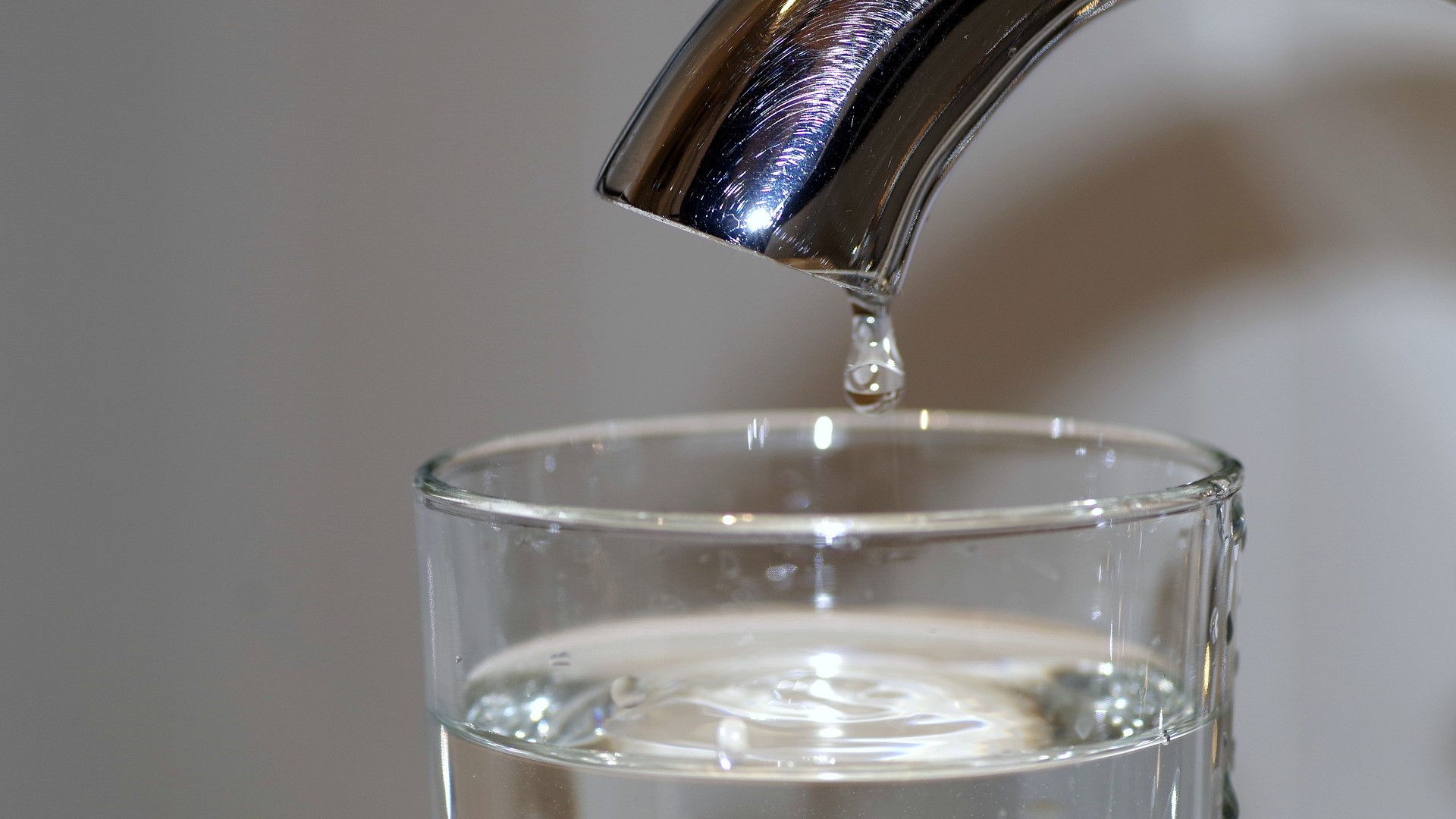In the New York State, we often don’t fully appreciate the availability of clean, running water. Just turn the faucet, and voilà, water comes out at the desired temperature. While most of the earth’s surface is water-covered, pure water isn’t as abundant, especially in select regions. While we won’t be running out this precious resource soon, its excessive use can cause a major imbalance between supply and demand, hence the importance of moderate consumption. By reducing our water footprint, we are conserving not only this precious resource, but also the energy used to treat it. Here are a few actionable steps that can help you reduce your water footprint.
Save water in the bathroom. The bathroom roughly accounts for more than 40% of U.S. indoor water use. Therefore, targeting the bathroom first is a good start in cutting water consumption. For starters, you can aim to take shorter showers and turn the faucet off while brushing your teeth or shaving. Shortening your shower by two minutes can easily save 200 lbs of CO2 every year. Alternatively, you can install a water-saving shower head that reduces the water flow, hence conserving water compared to its conventional counterparts.
Reduce meat consumption. The meat industry is heavily dependent on water, especially for beef. Approximately 15 liters of water are needed to produce one kilogram of beef meat. Even if you can’t commit to becoming vegetarian or vegan, having meatless meals once or twice a week can reduce your water footprint. If you’re concerned about nutrient deficiency, check out this blog on vegetable substitutes for meat.
Seal leaks. This tip is very intuitive, but water leakage is often overlooked. The average household’s leaks can account as much as “10,000 gallons of water wasted every year” (EPA). Water leaks do not benefit anyone: they waste water and energy, and can potentially damage your residence in the long run. Just scanning and sealing your pipes regularly is a simple, but very effective way to avoid unnecessary waste.
Written by Kelly Jean, Class of 2021
Image by pixabay.com

